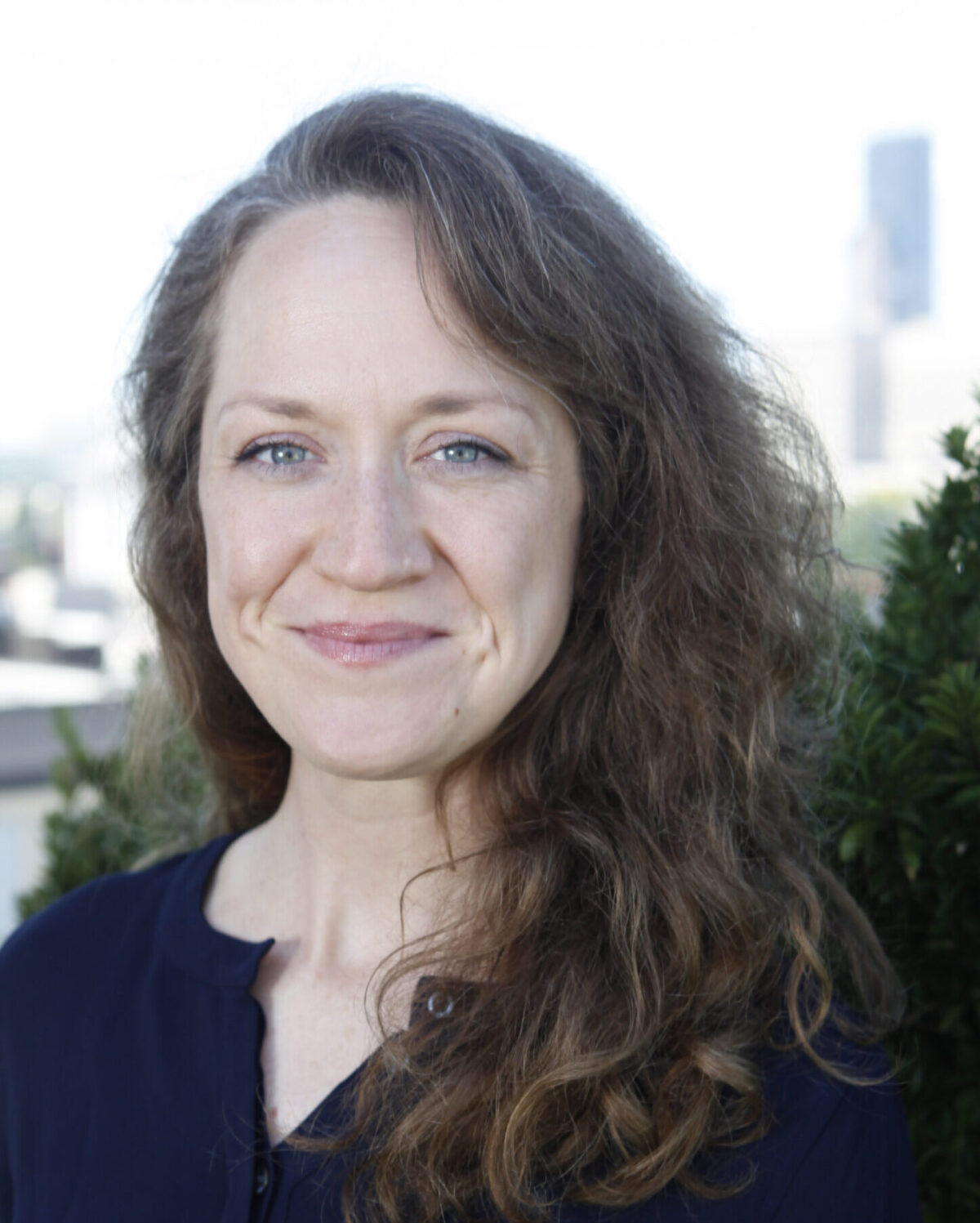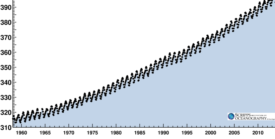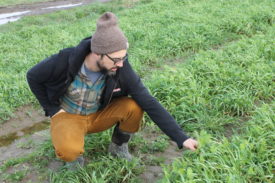Alan
The coolest maps of America you’re likely to see for months. Notice how Oregon, Washington, and northern Idaho hold together?
John Muir: Not Just for White Folks is an essay—well, less than that. It’s a vignette about a Black woman “as fascinated by [John Muir] as he was by Yosemite.” The piece concludes, “no single ethnic community ever owns the whole story.”
Eric
My top recommendation this week is Marc Gunther’s excellent piece in Sierra magazine, Warren Buffet’s Coal Problem. Although Buffet has received justifiable accolades for his investments in solar energy, his Berkshire Hathaway is also a leading proponent of coal in various ways. In particular, it’s a major investor in BNSF, the nation’s leading coal shipper, a firm that is aggressively lobbying for big new coal export facilities in the Northwest.
Reading Gunther’s piece shortly after I read Bill McKibben’s latest, I couldn’t help but wonder how a divestment-type strategy might provide Buffet with the proper encouragement to get out of the coal business. Might activists scale up a protest of one of his more public-facing companies, like maybe Dairy Queen?
Accounting for forest carbon is one of those insanely-complex-but-maybe-very-important questions that dog climate policy. In that vein, some intriguing new science suggests that the carbon loss from dead forests, such as those killed by bark beetles in the Northwest, may not be nearly as serious as previously thought. At least not in the short term.
The Solar Foundation has a nifty map tallying the state-by-state economic significance of the solar industry.
Anna
Glenn Greenwald of the Guardian UK has a thoughtful piece in Reader Supported News about the use of the word “terrorism” for the Boston Marathon bombing, but not events like the mass shooting at Sandy Hook.
In a similar vein, John Cassidy asks in the New Yorker, if the marathon had been attacked with assault rifles, not bombs, how would the story be different?
In Harper’s, Thomas Frank examines overused metaphors and linguistic dodges that keep the “experts” in the punditry business from really saying anything meaningful at all—ever.
Serena
Two pieces from the New Yorker this month are on my short list of recommendations to friends right now. The first profiled Margaret Fuller (and books written on her), and the second Shulamith Firestone. They were feminists separated by about a century’s time, but similar in their deeply intellectual engagement of their sex’s struggle for progress and their efforts—successful and not—to bring women together through that conversation.










Jeff Youngstrom
The map Alan shared based on the Where’s George dollar tracking data, unsurprisingly bears a striking resemblance to this map of the 12 Federal Reserve districts.